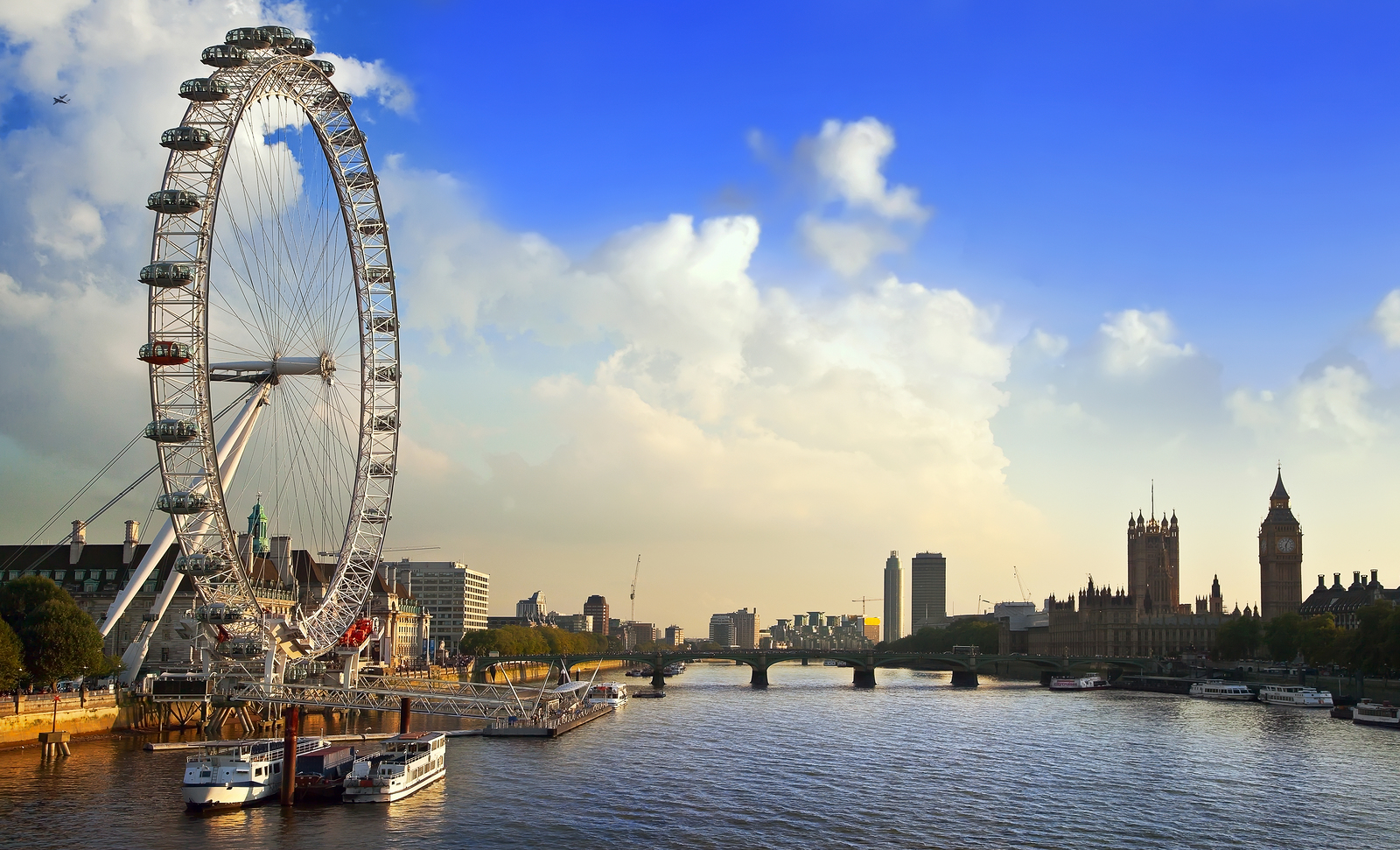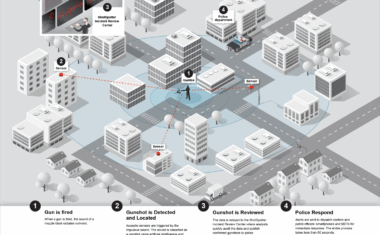Heat Street
- 4 min to read

About the city. With the Government’s legally binding commitment to Net Zero emissions by 2050 approaching, equipping the UK with affordable, low-carbon heating still remains a major challenge.
Goal
The aim of the project is to help local authorities identify zones where they can target their heat decarbonisation efforts and investment to achieve Net Zero.
Implementation period. The project started in July 2020
Fact
Heating accounts for about one-third of UK carbon emissions – almost 120 million tonnes of CO2 according to official estimates.
Solutions
Named “Heat street”, the project will allow the distributor to work with property owners, local councils, developers, businesses, academics and consumer groups across London, southern and South-East England. The project will consider a number of options for low-carbon heating — including switching from gas boilers to electric heat pumps, installing cavity wall insulation, switching to a different type of heat supply or different combinations of each — according to the UKPN.
The company’s engineers plan to analyze energy efficiency trends and combine information about real estate, homes, and the socio-economic situation in each district to evaluate the best net zero paths for different zones. For example, areas with a large number of apartments may be less suitable for heat pumps, but may instead benefit from heat networks, while rural villages that are not connected to the gas network may be more likely to switch to heat pumps.
Using this data, engineers and strategists can create energy consumption forecasts and determine the most effective path to zero carbon heating in various areas (as UKPN reports).
Team
UK Power Networks (UKPN), Eastern Power Networks, London Power Networks and South Eastern Power Networks
Timeline
- Estimated Expenditure of the project: £318,652.00
- The project started in July 2020.
- The project’s ending date is May 2021.
If you notice an error or inaccuracy in our editorials, please email [email protected] so we can look into it.





